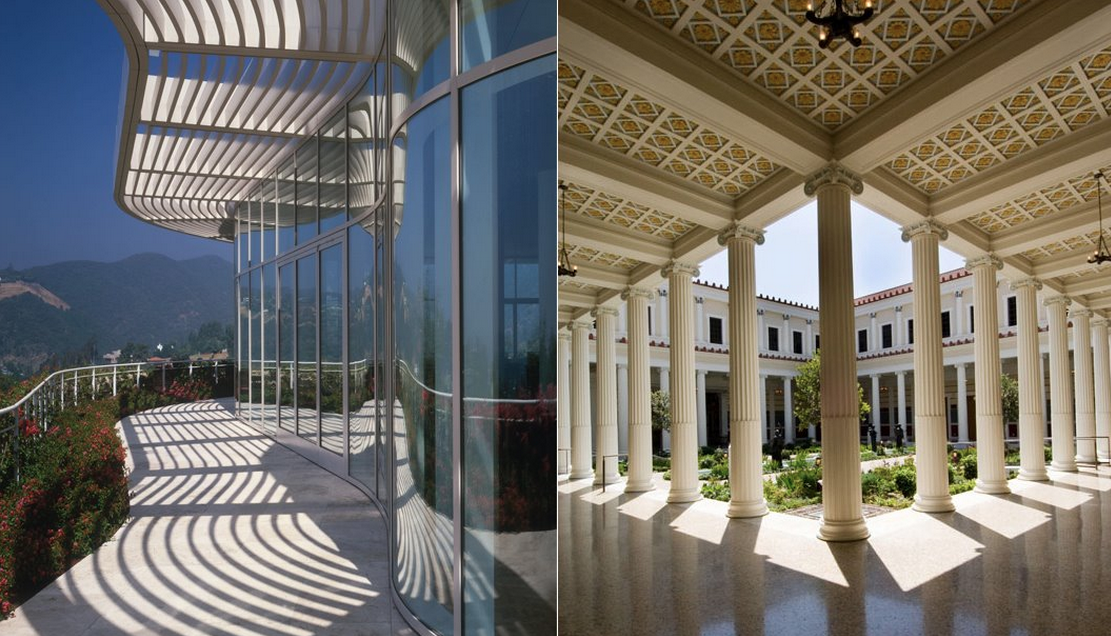BRENTWOOD—The J. Paul Getty Museum announced this week that they have acquired 39 photographs capturing some of the most prominent landscapes and architecture of the 19th century. Between the 1840s and the 1860s, French and British photographers produced a compilation of images, some of which are considered to mark the beginning of photojournalism.
According to the Getty, the collection includes six prints and four negatives by Charles Nègre, four prints by Louis-Auguste and Auguste-Rosalie Bisson, three prints by André, three paper negatives by Louis–Rémy Robert, a single print and negative by Henri Le Secq, as well as another single print and negative by Captain Linnaeus Tripe.
There are also single works by Édouard Baldus, Eugène Cuvelier, Louis De Clercq, Roger Fenton, Frédéric Flacheron, John Beasley Greene, Louis-Adolphe Humbert De Molard, Gustave Le Grey, Charles Marville, Léon-Eugène Méhédin, Dr. John Murray, Victor Regnault, Captain Horatio Ross, Benjamin Brecknell Turner and one nameless photographer.
The groundbreaking collection was given to the Getty Museum in “excellent condition” by Santa Monica resident, Jay McDonald, who has been an avid photograph collector since the 1970s.
Director of the J. Paul Getty Museum, Timothy Potts said in a press release that, “with this acquisition, the Getty Museum is poised to become one of the most important resources for the sustained study of early negative/positive photography that came out of the revolutionary first generation of experimentation with the new medium. It represents one of the rare moments when science and art come together to produce something totally unexpected – indeed a totally new art form.” He added that the Getty’s collection of early paper negatives now is at the caliber of other museums in the US such as the Metropolitan Museum of Art, as well as the George Eastman House.
Landscapes and architecture photographs obtained include Taj Mahal, Notre Dam, the Louvre and the Roman Coliseum, as well as a collection of other historical sites.
To visit the museum and the collection go to http://www.getty.edu/visit/.






